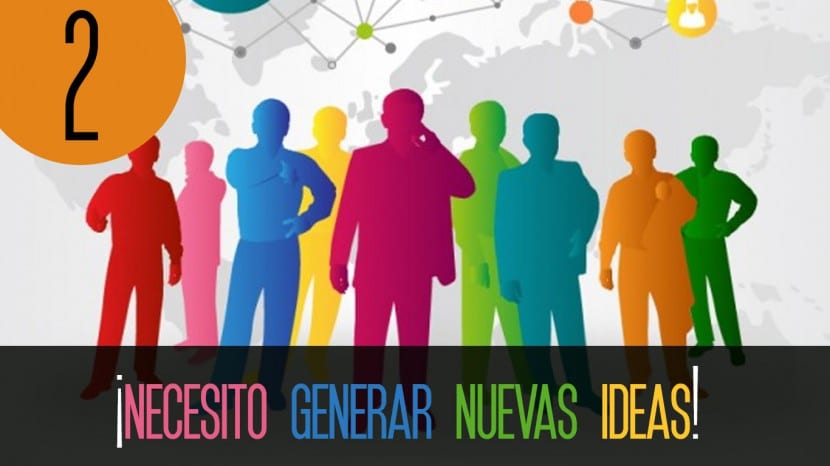
In this second part we will review the creativity tests, which are options that will help us a lot when it comes to nurturing and stimulating our creative abilities:
- Write words that respond to a certain condition: The goal is to get a catalog of concepts that may not have a semantic connection with each other, but can illuminate highly original ideas. An example would be that they begin with a given letter, or with a syllable, or that they end in a letter or group of letters. Another example is the letter fugue game, but for the test to be creative it must leave open several possibilities for answers. Complete words, two, four, up to twenty are shown, and various sentences and paragraphs must be formed with them. sense. It is recommended that witty stories be built with such material. A witty story can help us get metaphors, expressive devices, powerful and intelligent images. Everything will depend on your dedication and of course on your creative skills.
- Analogies: This is one of the tests that has the greatest discriminating power and therefore one of the most valid. The main and essential stimulus is a polysemic word. To this we will look for all the synonyms that have been and have been. It will be ideal for that word to have different applications in different fields such as root, or right. This exercise will be more effective if we play with all the possibilities, that we play with the different contexts of the word and that we look for literal and figurative synonyms ... For example, the word hard can have a material meaning, such as solid or resistant, or a spiritual intention as tireless. It will be much better if there are brilliant analogies and of a literary nature. This test can take another procedure. For example grouping objects that share one or more qualities, for example all round, yellow or pointed. The comparisons and metaphors that may come to mind through this exercise really have great diagnostic value. Thanks to this exercise we will find remote relationships, which is one of the features of genuine creative thinking.
- Unusual uses: This option is perfect to achieve the redefinition of the object since it discovers different purposes. Generally, objects tend to have a fundamental utility. For example, a newspaper is used to find out about current information. But sometimes we use them for other uses: we use the newspaper to wrap food or shoes, children make airplanes with it and a motorcyclist puts it on his chest under his jacket to combat the winter cold. To obtain an optimal result, it is advisable to use more than one object and list as many uses as you can think of for each of them. All the uses it may have in any situation and context.
- Product improvement: What better way to display our creative gifts than by thinking about our desires and desires? To obtain the best result we must select an object and start to analyze it coldly. What would I like you to offer me? What drawbacks do you currently have? It is best that we think small and large. Even in those improvements that we will not be able to provide you for lack of means. The goal is to unfold new ideas, to dust off our most powerful machinery. Obviously, the result will depend on the age and our objectives. It is not the same if we are talking about a group of experts on a product or a group of children defining what their perfect toy would be like.
- Synthesis: The object is to overcome those individual components, those dispersed elements in search of unifying solutions. One of the most used procedures to detect this ability is to give simple and suggestive titles to short stories. It should contain the essence, say everything and invite you to read it. Advertising slogans are also used to detect this synthesizing ability, paying attention to persuasion above all else.
- Causes and consequences: Taking an image as the object of analysis, we will ask about its background. Everything that happened before reaching that situation. Consequential thinking is what everyday life asks of us the most. The ultimate goal of this exercise is to foresee through said analysis the consequences of our actions, analyze the pros and cons. It is advisable that we investigate and not only stick to our personal experience, in this way our divinatory creativity will be greatly strengthened.